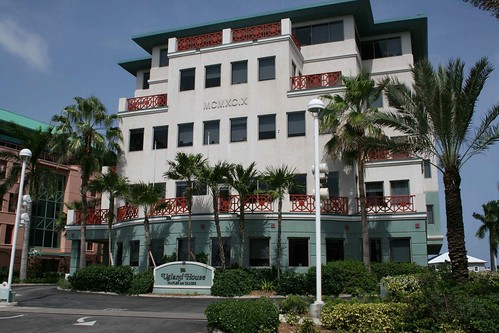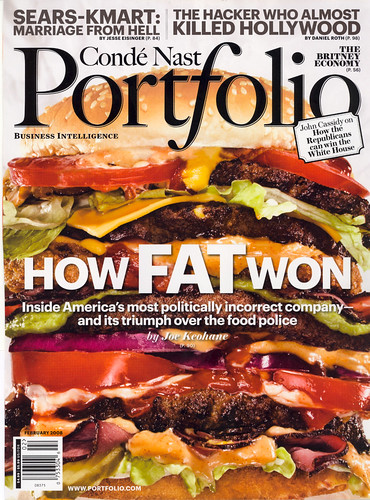Paying Taxes

This five-story office building on South Church Street in the Caymans serves as the official address for 18,857 corporations? No way!
Way, according to a report on Bloomberg:
President Obama referred to Ugland House yesterday.
“On the campaign, I used to talk about the outrage of a building in the Cayman Islands that had over 12,000 businesses claim this building as their headquarters,” Obama said. “And I’ve said before, either this is the largest building in the world or the largest tax scam. And I think the American people know which it is: The kind of tax scam that we need to end.”
Maples and Calder, the law firm that occupies all of Ugland House in Grand Cayman, said Obama is mistaken.
“I’m sorry to disappoint anyone, but our office is neither the largest building in the world nor a center of financial misconduct,” said Charles Jennings, joint managing partner of Maples and Calder.
“Having a registered office address in the Cayman Islands is driven by commercial considerations, not by tax avoidance,” Jennings said. “It allows companies to raise capital and conduct global business.”
The firm, which provides services for the corporations that use its address, has incorporated more than 6,000 new companies over the past five years. Back in 2004, the building served as home to 12,748 companies using the same address in the Caymans, a British crown colony 150 miles south of Cuba.
Most businesses have tax strategies to help them reinvest more of their profits, but this borders on the extreme and will probably be dealt with differently, given the current economic conditions.
That reminds me: time to pay property taxes.
